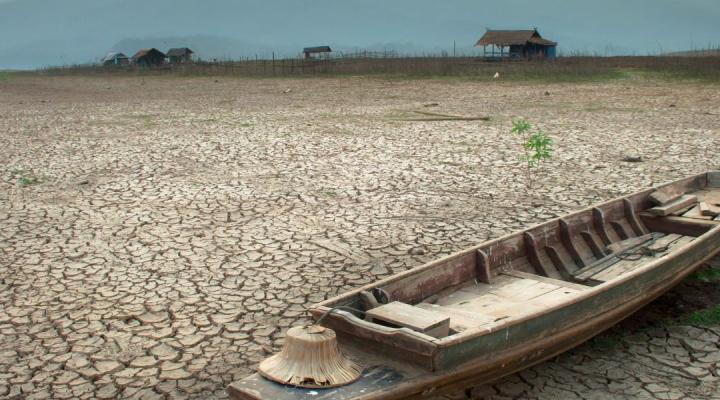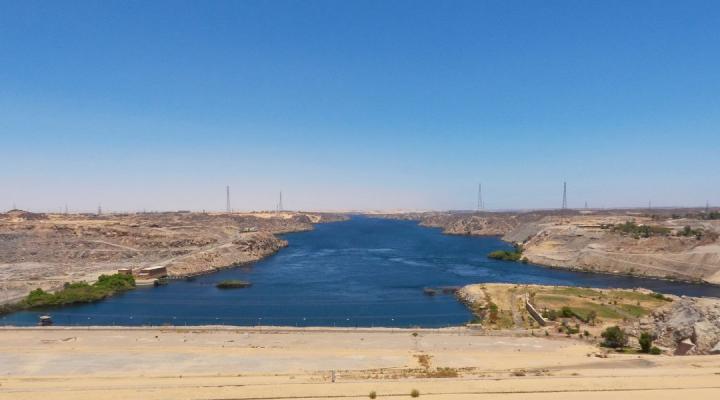Background resources on food security for the Burjeel Holdings and Saïd Business School Climate Change Challenge
Food security and climate change
Climate change is like a big puzzle, and one of the pieces is food. The changing weather patterns because of climate change are a major concern for the farmers across the world as farming depends heavily on weather. Sometimes, the weather doesn't match what the plants and crops need to grow big and healthy. So, there might be fewer fruits, vegetables, and grains to go around.
To make matters worse, climate change is like a signal for some pesky insects to move to new places. These insects can eat the crops, making it even harder for farmers to grow food. All this can lead to severe food shortages, which means not everyone gets enough to eat. The United Nations' Food and Agriculture Organization (FAO) predicted in 2015 that to satisfy the growing demand driven by population growth and dietary changes, food production will have to increase by 60 percent by 2050.

Food security exists when all people, at all times, have physical and economic access to sufficient, safe and nutritious food that meets their dietary needs and food preferences for an active and healthy life.
This definition of food security from the World Food Summit in 1996 gives rise to four dimensions of food security:
- availability of food
- accessibility (economically and physically)
- utilisation (the way it is used and assimilated by the human body)
- stability of these three dimensions.
According to the Intergovernmental Panel on Climate Change (IPCC), ‘Observed climate change is already affecting food security through increasing temperatures, changing precipitation patterns, and greater frequency of some extreme events.’
Food security and human health
To understand just how much climate change can impact food security, consider these numbers from the FAO in 2022:
- 828 million people were affected by hunger in 2021
- 2.3 billion people in the world (29.3%) were moderately or severely food insecure in 2021
- 3.1 billion people could not afford a healthy diet in 2020
- 149 million children under five had stunted growth
Much research focuses on a country level and the fact that heat damages crops, which can lead to food insecurity in months. But recent research from Oxford University shows that households hit by very hot weather can struggle to maintain food supplies in a matter of days rather than months. Carolin Kroeger, a researcher in Oxford’s Department of Social Policy and Intervention, explains that when it gets too hot to work, people lose income, which means households may struggle to afford to buy food. This is experienced more in countries with vulnerable and informal work patterns – especially agriculture. The study published in Nature Human Behaviour used over half a million household observations from 150 countries and suggests that, if a country with the population of India experienced a particularly hot week, an additional eight million people could experience moderate-to-severe food insecurity.
Food security and food waste
Reducing food loss and waste is essential in a world where the number of people affected by hunger has been constantly increasing over the years. Food loss and waste pose a significant challenge to the sustainability of our food systems. When food goes to waste, it represents a squandering of the resources invested in its production, such as water, land, energy, labor, and capital. Moreover, the disposal of uneaten food in landfill results in the release of greenhouse gases, which further exacerbates climate change. Additionally, food loss and waste can have adverse effects on food security, limit food availability, and drive up food prices.

Climate change and food security: risks and responses
UN Food and Agriculture Organization | 2015
What you need to know about food security and climate change
World Bank | October 2022
Food and climate change: healthy diets for a healthier planet
United Nations
Heat is associated with short-term increases in household food insecurity in 150 countries and this is mediated by income
Nature Human Behaviour | August 2023 | Carolin Kroeger
An overview of the influence of climate change on food security and human health
Archive Food Nutritional Science | January 2023 | Sanober Naheed
The state of food security and nutrition in the world 2022
FAO; IFAD; UNICEF; WFP; WHO | 2022
Food and food waste
UN Environment Programme





